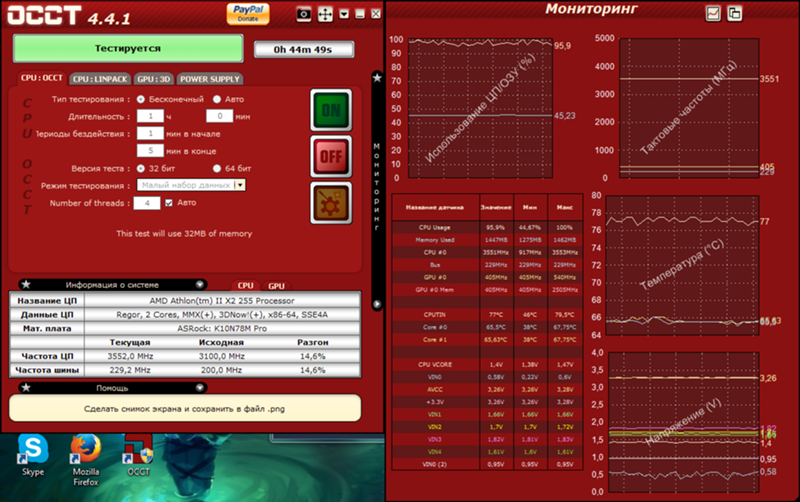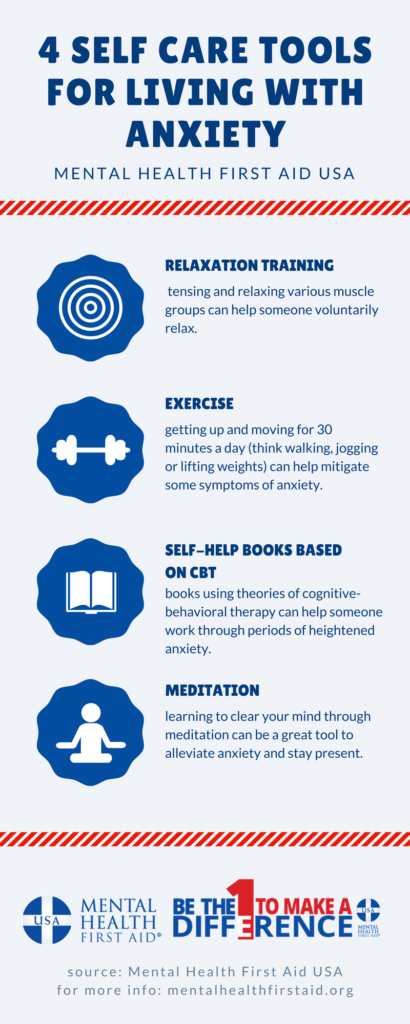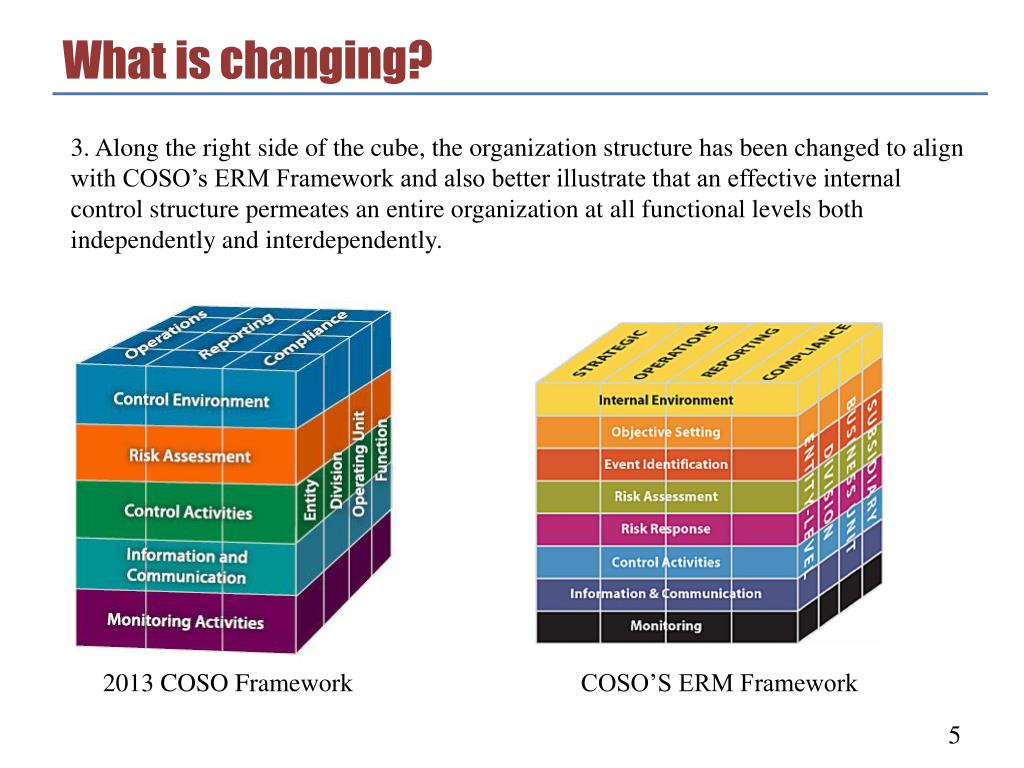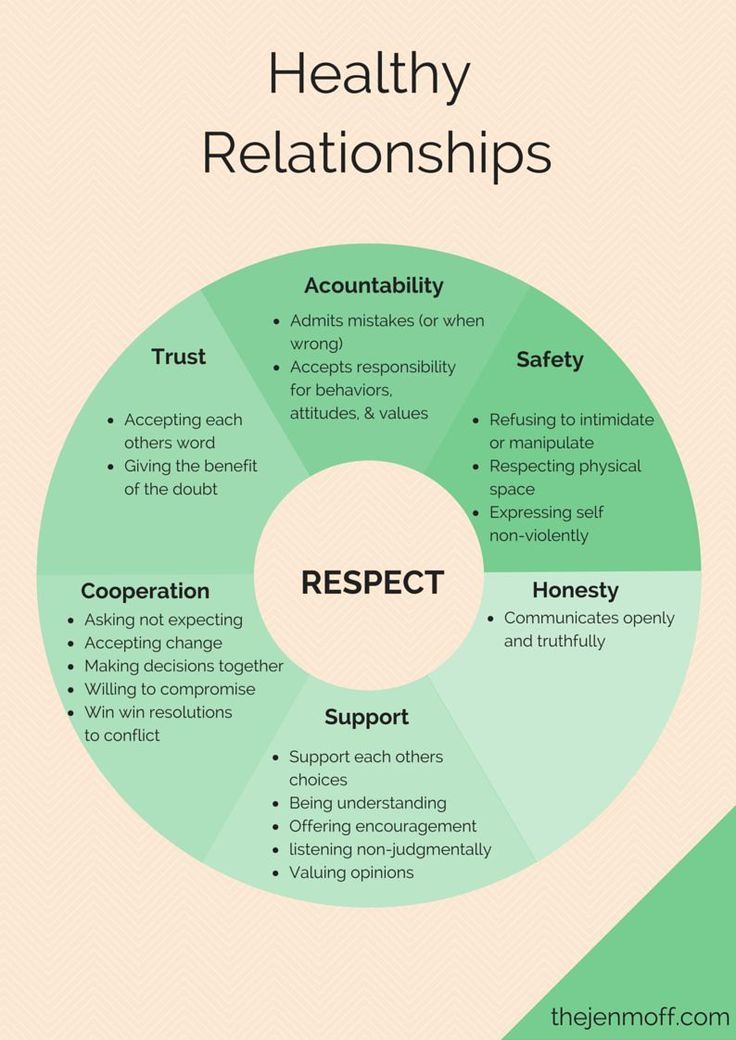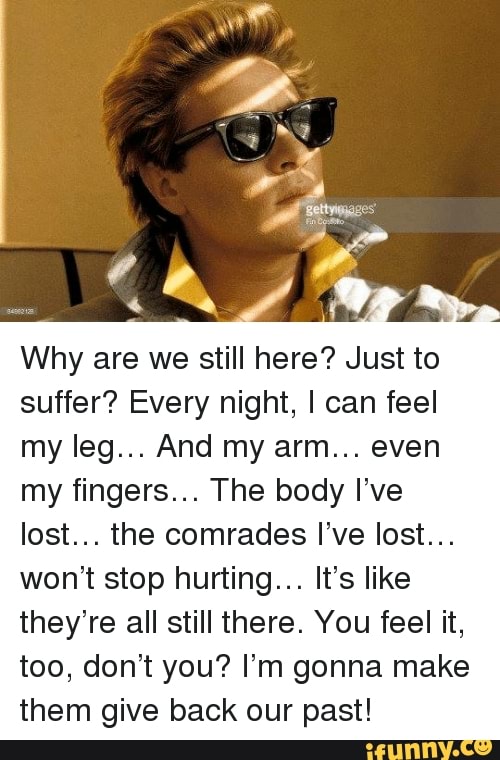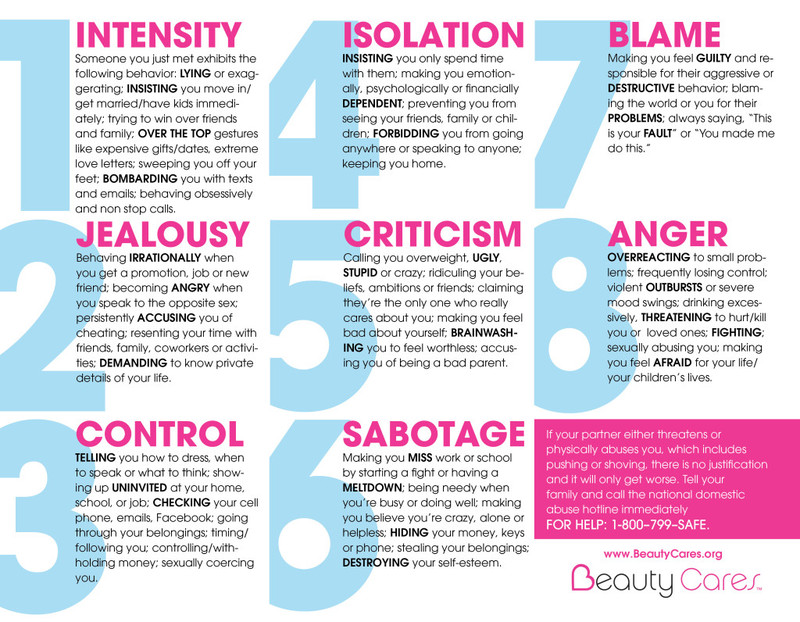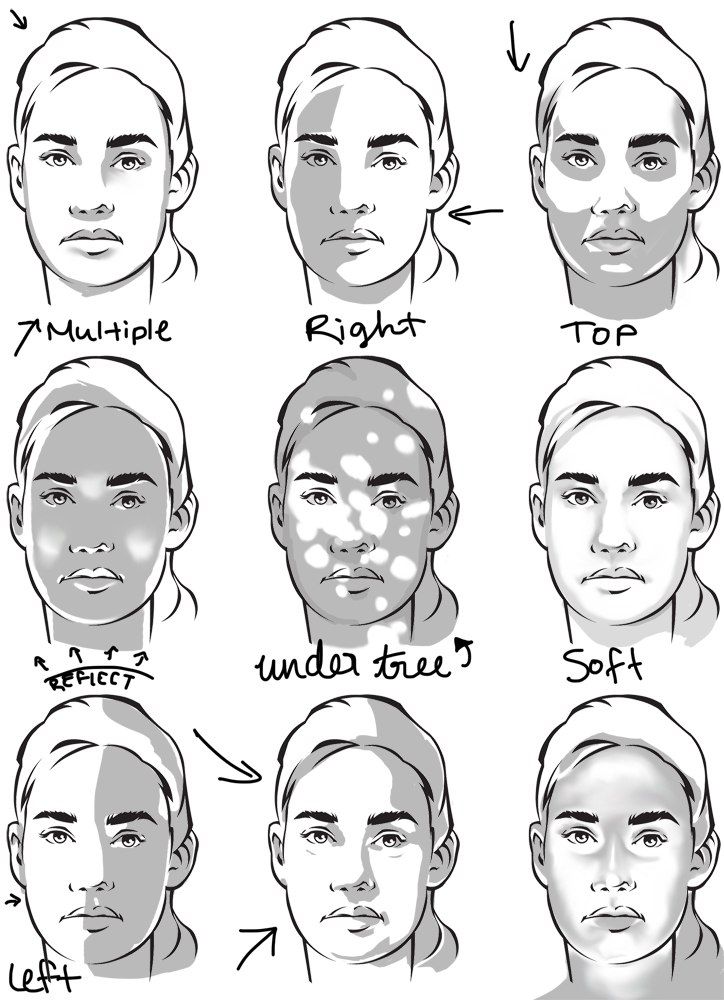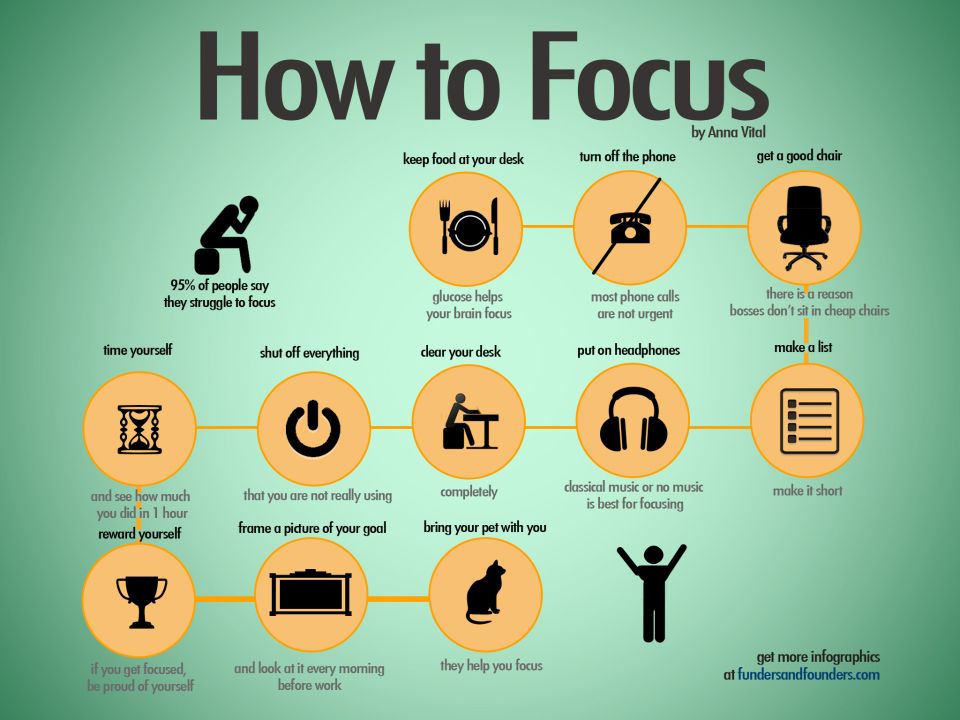Autism symptoms in newborns
Recognizing the Signs of Autism in Babies
As a parent or caregiver of an infant, you have an up-close view of your baby’s development. You can see the small changes in day-to-day behaviors that indicate a baby is building new skills and abilities.
If you know what to look for, you may be able to detect early signs of developmental differences like autism. This is because the earliest signs of autism aren’t the presence of unexpected behavior, but the absence of a skill or ability that usually develops by a certain age.
The Centers for Disease Control and Prevention (CDC) reports that most parents with autistic children notice some signs within the first year, and 80 to 90 percent observe developmental differences by the time their child is 2 years old.
Your observations and instincts are important because identifying developmental differences early gives the child in your care the advantage of early diagnosis.
Autism doesn’t change a baby’s physical appearance. The condition does affect how babies communicate and how they relate to the world around them.
Autism is described as a “spectrum” condition because signs, symptoms, and abilities can vary widely. If you notice any of these developmental differences, it’s important to talk with your child’s doctor or healthcare professional about them.
Recommended developmental screenings
The American Academy of Pediatrics recommends that all infants have developmental screenings at their 9-, 18-, and 30-month doctor visits, plus autism-specific screenings at 18- and 24-month visits.
Declining eye contact
Babies typically make eye contact with other people from a very young age. By 2 months, infants can typically locate faces and make eye contact skillfully. Eye contact later becomes a way of building social relationships and gaining information about their surroundings.
Researchers have found that babies who develop autism spectrum disorder (ASD) begin making less eye contact at around 2 months of age. The decline in eye contact may be an early indicator of autism.
The decline in eye contact may be an early indicator of autism.
Little pointing or gesturing
Babies usually learn to gesture before they learn to talk. In fact, gesturing is one of the earliest forms of communication. Autistic children generally point and gesture much less than children with nonautistic development. Less pointing can sometimes indicate the possibility of a language delay.
Another indicator of a developmental difference is when an infant’s gaze doesn’t follow you when you’re pointing at something. This skill is sometimes called “joint attention.” Joint attention is often decreased in autistic children.
Limited or no response to their name
At 6 months, most infants show an awareness of their own names, especially when it’s spoken by their mother.
Autistic infants show a developmental difference: By 9 months, many babies who later develop ASD don’t orient to their own names. Researchers say this usually appears as a pattern of nonresponse, rather than a single instance.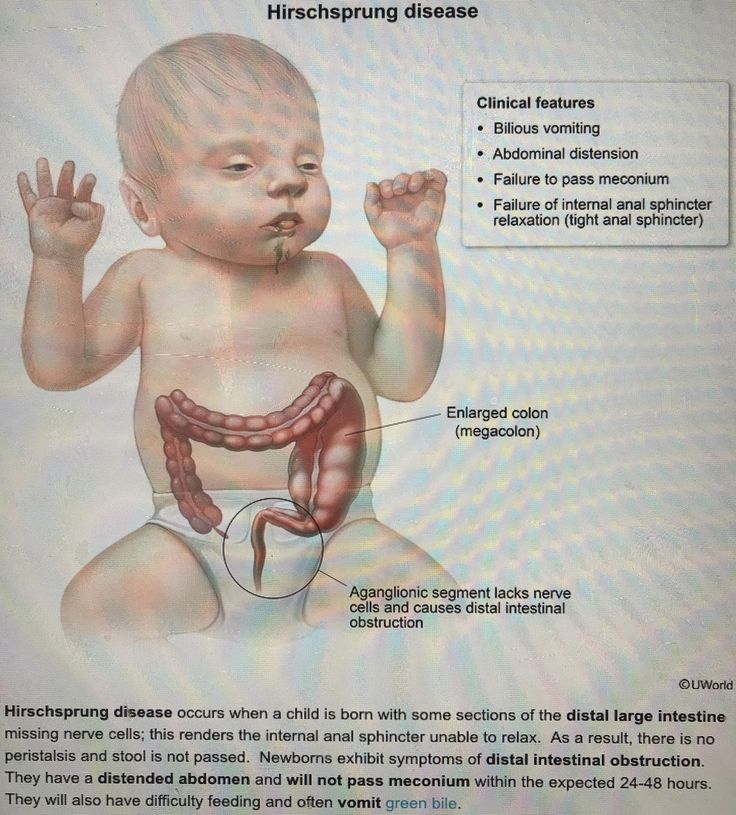
Reduced emotion in facial expressions
Facial expressions are a nonverbal way to communicate thoughts and feelings.
Research on emotional expression in autistic infants is limited, but in studies involving school-age children, researchers have found that autistic children display less emotion through facial expressions than children with nonautistic development.
That doesn’t necessarily mean autistic children are feeling less emotion, just that less of it shows on their faces when they do.
Delayed language or speech
Babies and toddlers start talking at different ages.
Research shows that young autistic children often say and understand fewer words than children with nonautistic development at 12 months. If a child isn’t saying single words by 16 months or isn’t using two-word phrases by age 2, it’s a good idea to talk with a pediatrician.
The National Institutes on Deafness and Other Communication Disorders says language development could be “uneven,” with exceptional language development in some areas and impairment in other areas.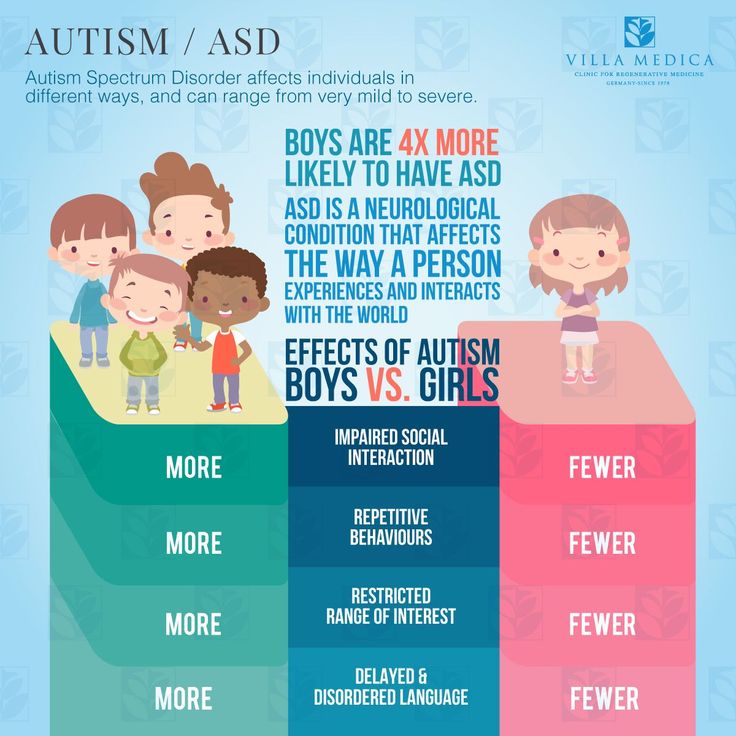
Regression
When an infant or toddler loses skills and abilities that had begun to develop, it can be an indication of autism. It can also be a profoundly difficult experience for parents and caregivers to witness.
Researchers don’t know why regression happens. There are no known links to any childhood experiences, diseases, or medications.
As many as one-third of autistic children lose skills after infancy and before preschool. Around 94 percent of the time, it’s language skills that are lost. If your baby babbled, made eye contact, gestured, and displayed other social behaviors and stopped doing so as a toddler, it’s something to discuss with your pediatrician.
How to track your baby’s development
While babies grow at their own individual pace, you can use the CDC’s Developmental Milestones guide to get a general idea of which skills to expect at each age. You can also download CDC’s Milestone Tracker app.
Autism spectrum disorder (ASD) is a set of developmental differences that affect the way people communicate, behave, and interact with others.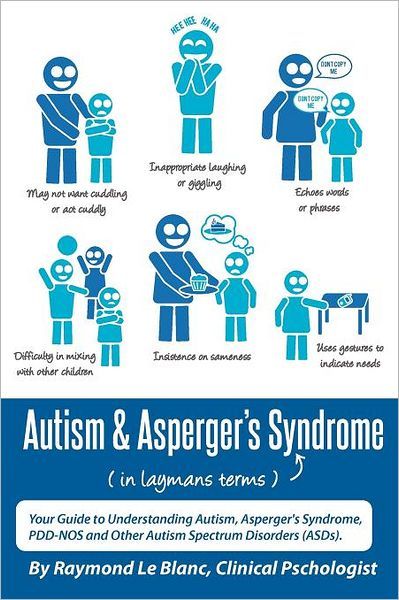
The CDC estimates that 1 in every 54 children is autistic. Although more boys than girls are autistic, the condition occurs in all ethnic and socioeconomic groups.
Because autism has many different characteristics, researchers think it may have different causes. Here’s a brief glimpse of the possible causes that may contribute to the development of ASD:
- genetics
- exposure to certain environmental toxins, such as traffic-generated air pollution or pesticides
- chromosomal conditions, such as tuberous sclerosis or fragile X syndrome
- certain medications taken during pregnancy, such as thalidomide, valproic acid
- being born to older parents
- low birth weight
- loss of oxygen during birth
- mothers with diabetes, obesity, or certain immune disorders
- immune disorders, metabolic conditions, and brain connectivity differences
Research into the causes is ongoing. Repeated studies have shown that vaccines (immunizations) do not cause autism.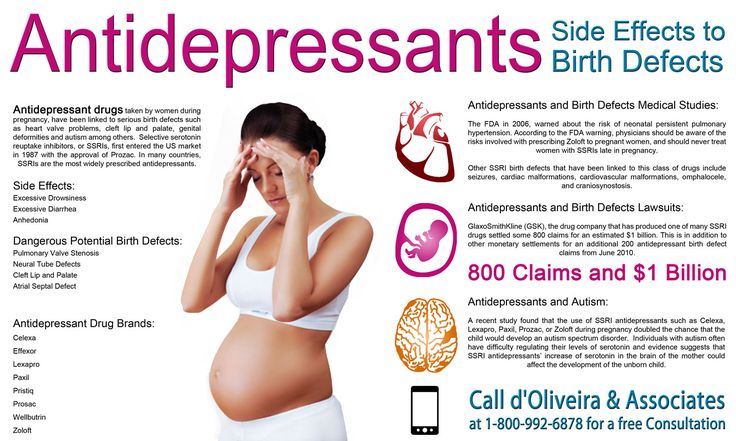
Parents of autistic children often wonder if they’re at fault for their child’s diagnosis. If you’re noticing signs of autism in an infant in your care, you may be questioning your decisions or blaming yourself for your child’s developmental differences. You may also be feeling pressured to get every decision right as you speak with healthcare professionals about early diagnosis. These thoughts and feelings are very common, but remember, autism is no one’s fault.
You may find it helpful to:
- connect with other parents through support groups
- seek some extra training on ASD, which can lower stress
- find out about local ASD resources
- learn about stress management techniques, including mindfulness, progressive muscle relaxation, and expressive writing
- work with a family therapist or counselor to process your feelings and equip you with coping skills
Some signs and symptoms of autism develop as infants become toddlers and preschoolers.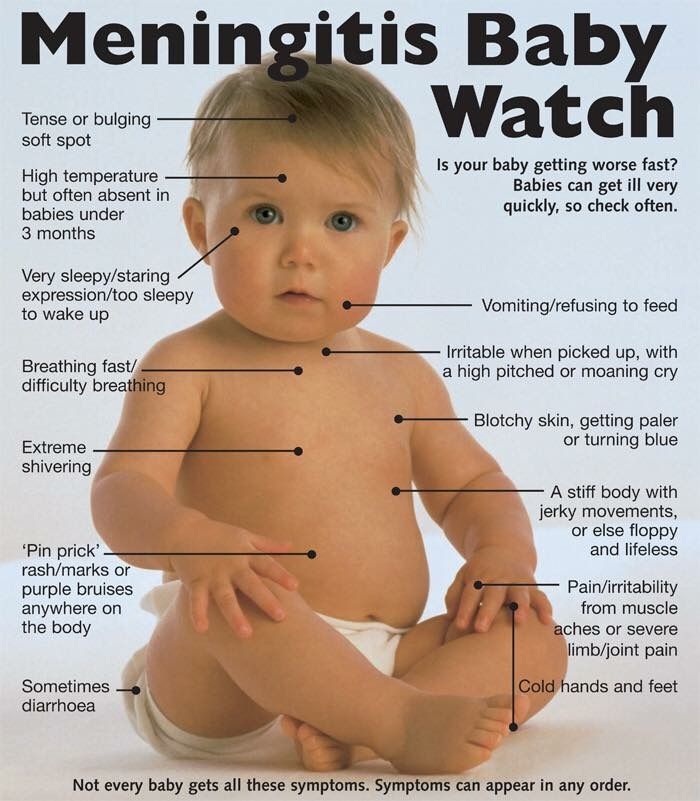 Here’s what you might notice:
Here’s what you might notice:
- repetitive movements, such as hand flapping or spinning
- intense interest in a few special subjects
- excessive lining up of toys
- trouble sensing or understanding the feelings of others
- gastrointestinal problems, such as constipation, diarrhea, gassiness, stomach pain
- adherence to routines, systems, and schedules
- difficulty expressing emotions freely
- repetitive words and phrases
- strong emotion when unexpected changes occur
Some strategies may help autistic children develop additional skills to help with daily functioning. Because autism characteristics are so varied, a multimodal approach is usually the most effective course.
Depending on your child’s symptoms, one or more of these therapies may be useful:
- cognitive behavioral therapy
- joint attention therapy
- behavior management therapies
- social skills training
- speech therapy
- physical therapy
- occupational therapy
- medication
- educational interventions
- nutrition therapy
Autism is a spectrum of neurological differences that develop during childhood.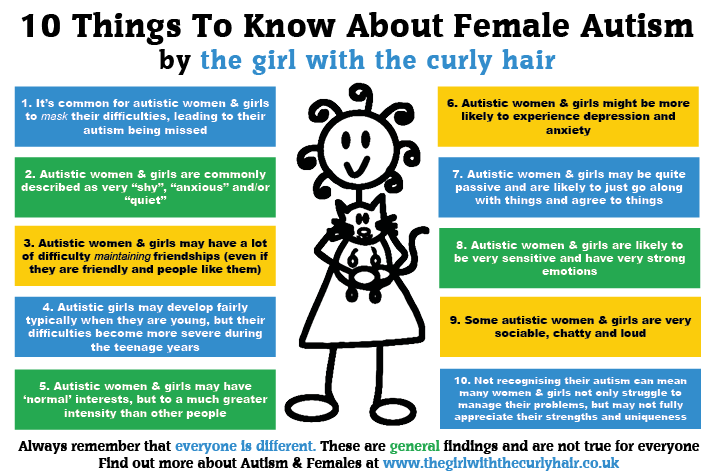
Although there is not a cure for autism, many in the autism community believe these neurological differences don’t need to be cured. They’re just a different way of communicating and interacting with the world.
Decades of research have shown that early intervention can have a powerful effect on health outcomes for autistic children. When therapies begin in early childhood, autistic children benefit from the incredible adaptability of their growing brain and nervous system.
Some signs of autism can appear during infancy, such as:
- limited eye contact
- lack of gesturing or pointing
- absence of joint attention
- no response to hearing their name
- muted emotion in facial expression
- lack or loss of language
If you notice any of these developmental differences, it’s important to talk with your child’s pediatrician or healthcare professional. Early diagnosis and intervention are the keys to better health outcomes for autistic children.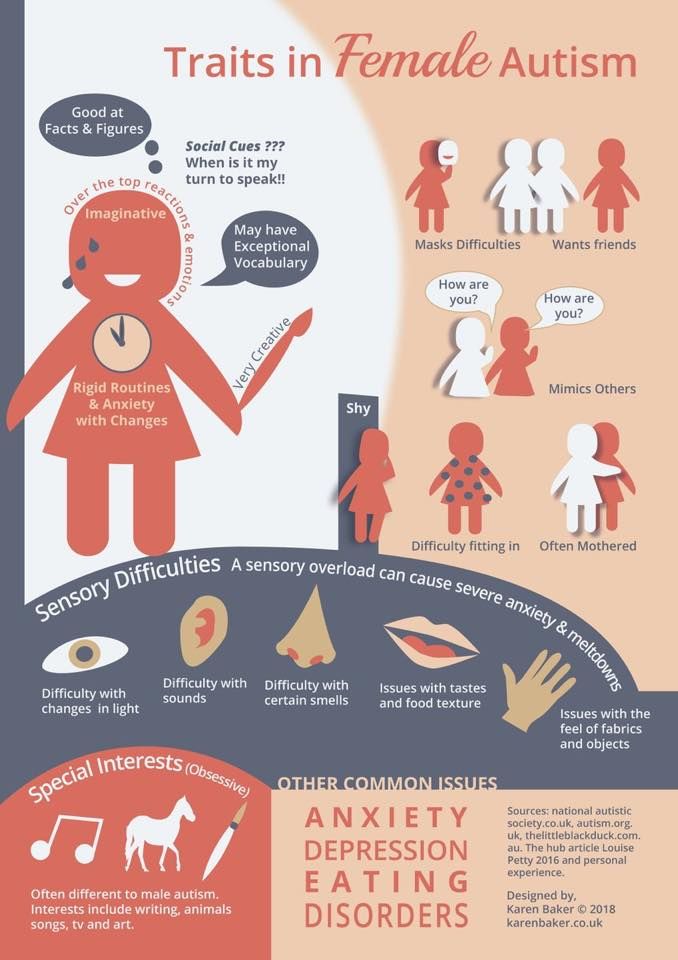
Although there isn’t a “cure” for autism, there are a number of well-researched, effective therapies that can enhance skills, reduce anxiety, and lead to greater well-being for your child.
As you’re monitoring your child’s development and seeking interventions when necessary, be mindful to care for yourself with the same devotion you show to your complex and marvelous child.
Recognizing the Signs of Autism in Babies
As a parent or caregiver of an infant, you have an up-close view of your baby’s development. You can see the small changes in day-to-day behaviors that indicate a baby is building new skills and abilities.
If you know what to look for, you may be able to detect early signs of developmental differences like autism. This is because the earliest signs of autism aren’t the presence of unexpected behavior, but the absence of a skill or ability that usually develops by a certain age.
The Centers for Disease Control and Prevention (CDC) reports that most parents with autistic children notice some signs within the first year, and 80 to 90 percent observe developmental differences by the time their child is 2 years old.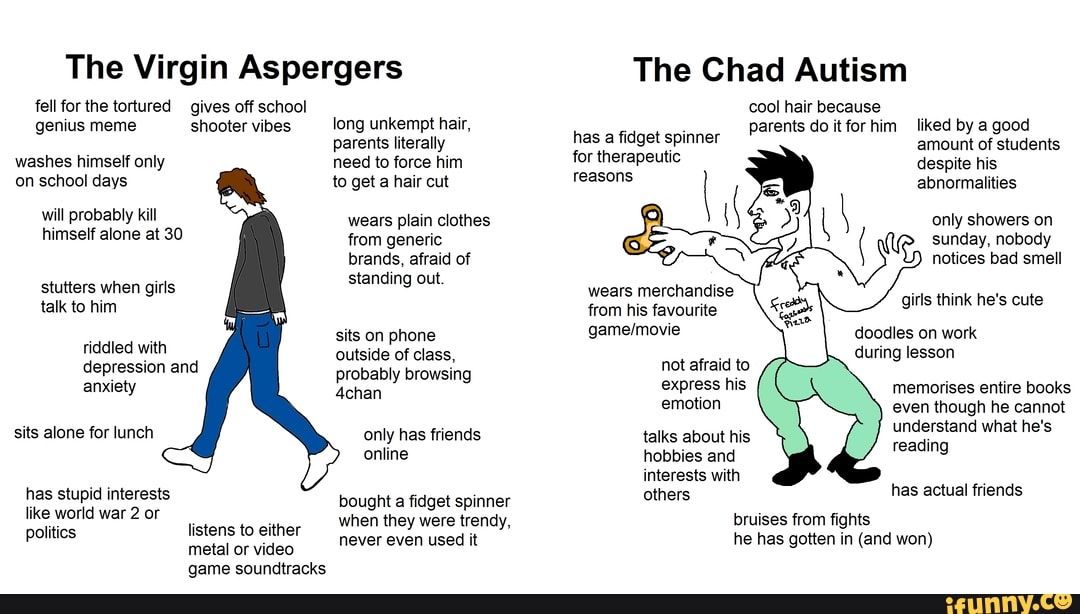
Your observations and instincts are important because identifying developmental differences early gives the child in your care the advantage of early diagnosis.
Autism doesn’t change a baby’s physical appearance. The condition does affect how babies communicate and how they relate to the world around them.
Autism is described as a “spectrum” condition because signs, symptoms, and abilities can vary widely. If you notice any of these developmental differences, it’s important to talk with your child’s doctor or healthcare professional about them.
Recommended developmental screenings
The American Academy of Pediatrics recommends that all infants have developmental screenings at their 9-, 18-, and 30-month doctor visits, plus autism-specific screenings at 18- and 24-month visits.
Declining eye contact
Babies typically make eye contact with other people from a very young age. By 2 months, infants can typically locate faces and make eye contact skillfully.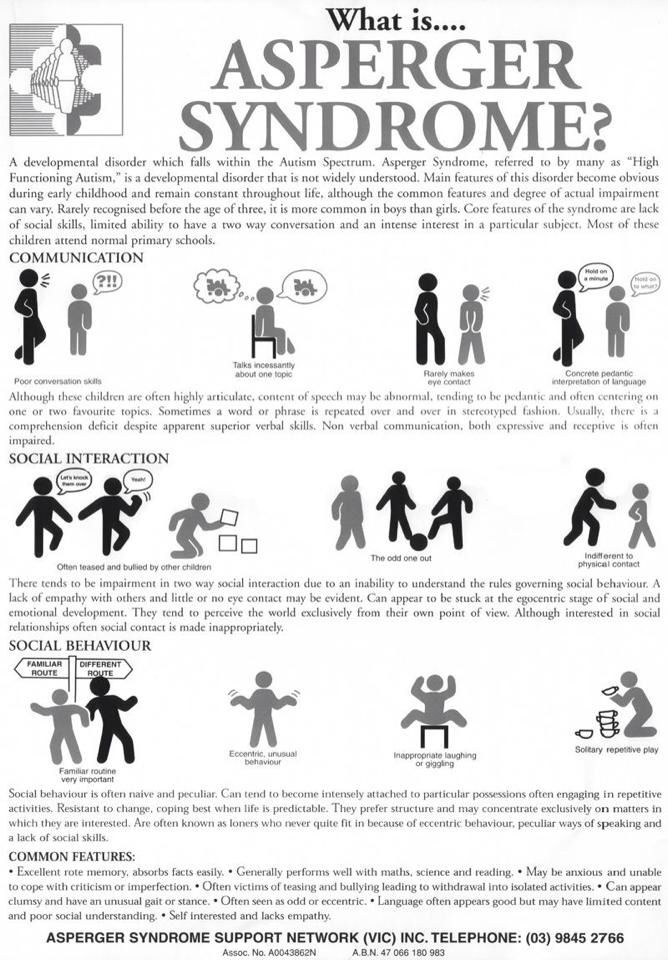 Eye contact later becomes a way of building social relationships and gaining information about their surroundings.
Eye contact later becomes a way of building social relationships and gaining information about their surroundings.
Researchers have found that babies who develop autism spectrum disorder (ASD) begin making less eye contact at around 2 months of age. The decline in eye contact may be an early indicator of autism.
Little pointing or gesturing
Babies usually learn to gesture before they learn to talk. In fact, gesturing is one of the earliest forms of communication. Autistic children generally point and gesture much less than children with nonautistic development. Less pointing can sometimes indicate the possibility of a language delay.
Another indicator of a developmental difference is when an infant’s gaze doesn’t follow you when you’re pointing at something. This skill is sometimes called “joint attention.” Joint attention is often decreased in autistic children.
Limited or no response to their name
At 6 months, most infants show an awareness of their own names, especially when it’s spoken by their mother.
Autistic infants show a developmental difference: By 9 months, many babies who later develop ASD don’t orient to their own names. Researchers say this usually appears as a pattern of nonresponse, rather than a single instance.
Reduced emotion in facial expressions
Facial expressions are a nonverbal way to communicate thoughts and feelings.
Research on emotional expression in autistic infants is limited, but in studies involving school-age children, researchers have found that autistic children display less emotion through facial expressions than children with nonautistic development.
That doesn’t necessarily mean autistic children are feeling less emotion, just that less of it shows on their faces when they do.
Delayed language or speech
Babies and toddlers start talking at different ages.
Research shows that young autistic children often say and understand fewer words than children with nonautistic development at 12 months. If a child isn’t saying single words by 16 months or isn’t using two-word phrases by age 2, it’s a good idea to talk with a pediatrician.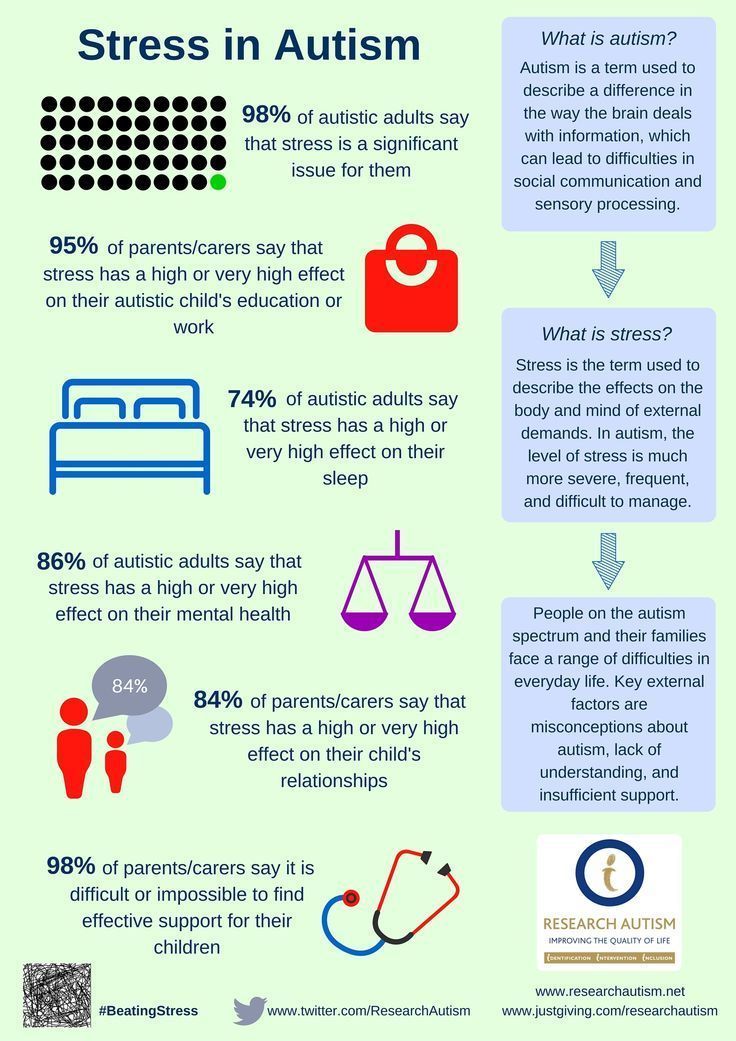
The National Institutes on Deafness and Other Communication Disorders says language development could be “uneven,” with exceptional language development in some areas and impairment in other areas.
Regression
When an infant or toddler loses skills and abilities that had begun to develop, it can be an indication of autism. It can also be a profoundly difficult experience for parents and caregivers to witness.
Researchers don’t know why regression happens. There are no known links to any childhood experiences, diseases, or medications.
As many as one-third of autistic children lose skills after infancy and before preschool. Around 94 percent of the time, it’s language skills that are lost. If your baby babbled, made eye contact, gestured, and displayed other social behaviors and stopped doing so as a toddler, it’s something to discuss with your pediatrician.
How to track your baby’s development
While babies grow at their own individual pace, you can use the CDC’s Developmental Milestones guide to get a general idea of which skills to expect at each age.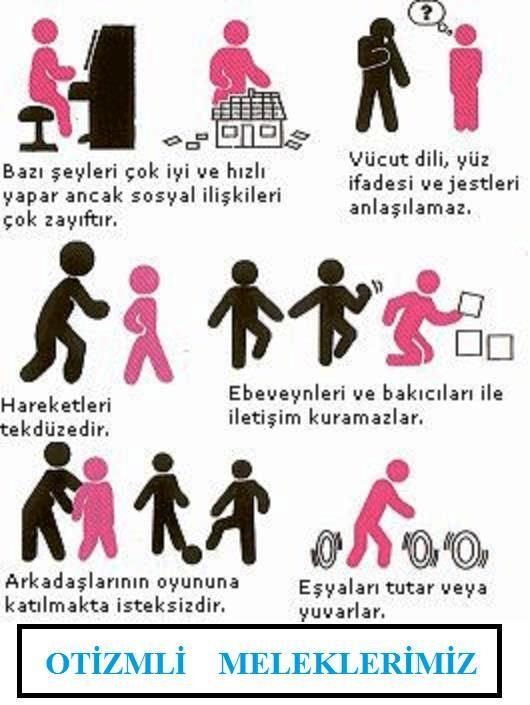 You can also download CDC’s Milestone Tracker app.
You can also download CDC’s Milestone Tracker app.
Autism spectrum disorder (ASD) is a set of developmental differences that affect the way people communicate, behave, and interact with others.
The CDC estimates that 1 in every 54 children is autistic. Although more boys than girls are autistic, the condition occurs in all ethnic and socioeconomic groups.
Because autism has many different characteristics, researchers think it may have different causes. Here’s a brief glimpse of the possible causes that may contribute to the development of ASD:
- genetics
- exposure to certain environmental toxins, such as traffic-generated air pollution or pesticides
- chromosomal conditions, such as tuberous sclerosis or fragile X syndrome
- certain medications taken during pregnancy, such as thalidomide, valproic acid
- being born to older parents
- low birth weight
- loss of oxygen during birth
- mothers with diabetes, obesity, or certain immune disorders
- immune disorders, metabolic conditions, and brain connectivity differences
Research into the causes is ongoing.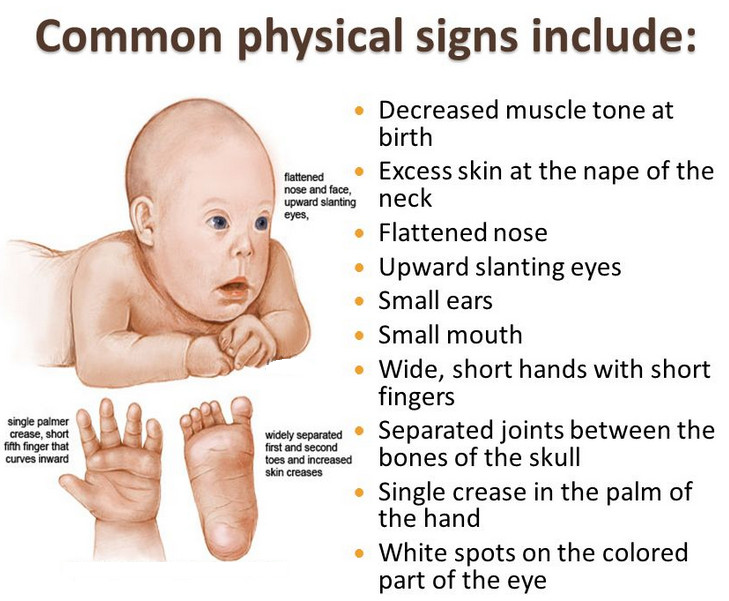 Repeated studies have shown that vaccines (immunizations) do not cause autism.
Repeated studies have shown that vaccines (immunizations) do not cause autism.
Parents of autistic children often wonder if they’re at fault for their child’s diagnosis. If you’re noticing signs of autism in an infant in your care, you may be questioning your decisions or blaming yourself for your child’s developmental differences. You may also be feeling pressured to get every decision right as you speak with healthcare professionals about early diagnosis. These thoughts and feelings are very common, but remember, autism is no one’s fault.
You may find it helpful to:
- connect with other parents through support groups
- seek some extra training on ASD, which can lower stress
- find out about local ASD resources
- learn about stress management techniques, including mindfulness, progressive muscle relaxation, and expressive writing
- work with a family therapist or counselor to process your feelings and equip you with coping skills
Some signs and symptoms of autism develop as infants become toddlers and preschoolers.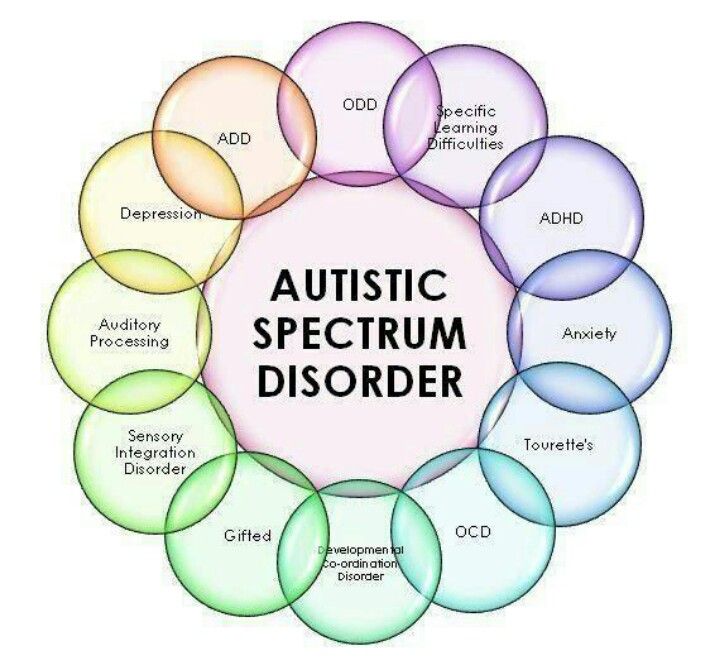 Here’s what you might notice:
Here’s what you might notice:
- repetitive movements, such as hand flapping or spinning
- intense interest in a few special subjects
- excessive lining up of toys
- trouble sensing or understanding the feelings of others
- gastrointestinal problems, such as constipation, diarrhea, gassiness, stomach pain
- adherence to routines, systems, and schedules
- difficulty expressing emotions freely
- repetitive words and phrases
- strong emotion when unexpected changes occur
Some strategies may help autistic children develop additional skills to help with daily functioning. Because autism characteristics are so varied, a multimodal approach is usually the most effective course.
Depending on your child’s symptoms, one or more of these therapies may be useful:
- cognitive behavioral therapy
- joint attention therapy
- behavior management therapies
- social skills training
- speech therapy
- physical therapy
- occupational therapy
- medication
- educational interventions
- nutrition therapy
Autism is a spectrum of neurological differences that develop during childhood.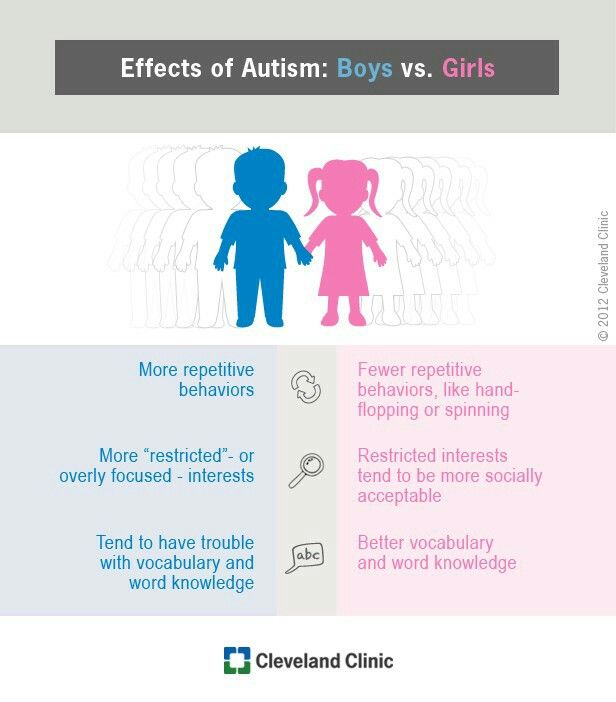
Although there is not a cure for autism, many in the autism community believe these neurological differences don’t need to be cured. They’re just a different way of communicating and interacting with the world.
Decades of research have shown that early intervention can have a powerful effect on health outcomes for autistic children. When therapies begin in early childhood, autistic children benefit from the incredible adaptability of their growing brain and nervous system.
Some signs of autism can appear during infancy, such as:
- limited eye contact
- lack of gesturing or pointing
- absence of joint attention
- no response to hearing their name
- muted emotion in facial expression
- lack or loss of language
If you notice any of these developmental differences, it’s important to talk with your child’s pediatrician or healthcare professional. Early diagnosis and intervention are the keys to better health outcomes for autistic children.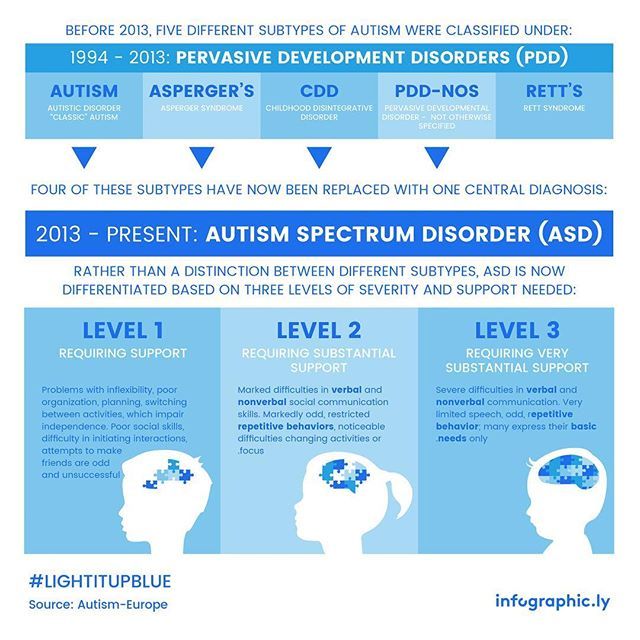
Although there isn’t a “cure” for autism, there are a number of well-researched, effective therapies that can enhance skills, reduce anxiety, and lead to greater well-being for your child.
As you’re monitoring your child’s development and seeking interventions when necessary, be mindful to care for yourself with the same devotion you show to your complex and marvelous child.
Early signs of autism in children
Children's Medical Center of Neurology and Pediatrics offers you a service - diagnosis of early autism in children. Our experts have many years of experience and excellent reviews!
Signs of early autism in children can manifest themselves quite differently, but the disease and symptoms are individual. In some cases, the early signs of autism can even be confused with the good behavior of the baby: he is undemanding, calm and independent. Therefore, you should pay attention to whether your child corresponds to the main stages of development of peers.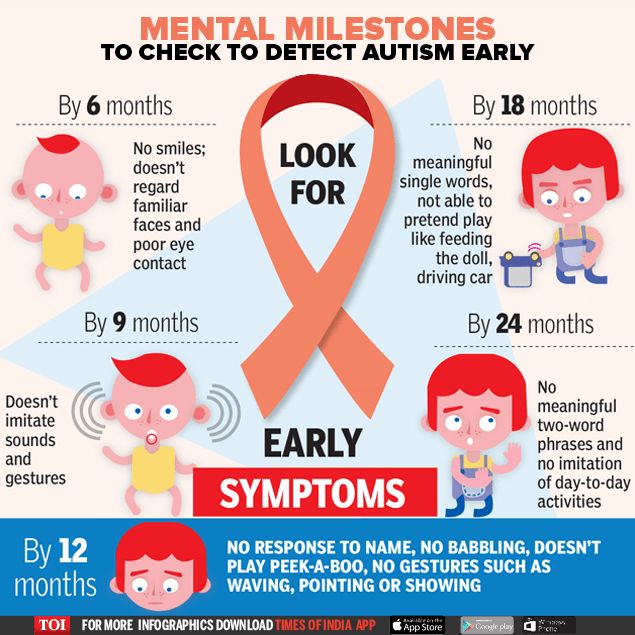 There are a number of markers that need to be highlighted.
There are a number of markers that need to be highlighted.
Signs of early autism in children under 1 year old:
- By 6 months the child does not show obvious emotions, even meeting with his mother does not cause him to change his emotional background.
- By 9 months, the baby does not try to babble, does not look for visual contact, it may seem that he is not looking into your eyes, but through you. Does not respond to his name, while in other situations does not show hearing problems. The child does not attempt to initiate or respond to the mother's hugs. He doesn't even like tactile contact.
- By the age of 1 year, a delay or lack of development of spoken language is clearly noticeable, not accompanied by attempts to compensate for it with other forms of communication, for example, gestures.
The disease itself, as a rule, manifests itself before the age of two, it is at this age that a diagnosis can be clearly made. However, the sooner we start treatment, the more chances for a fruitful result!
Signs of early autism in children 2 years old:
- The child does not point to objects that could interest him in the world around him.
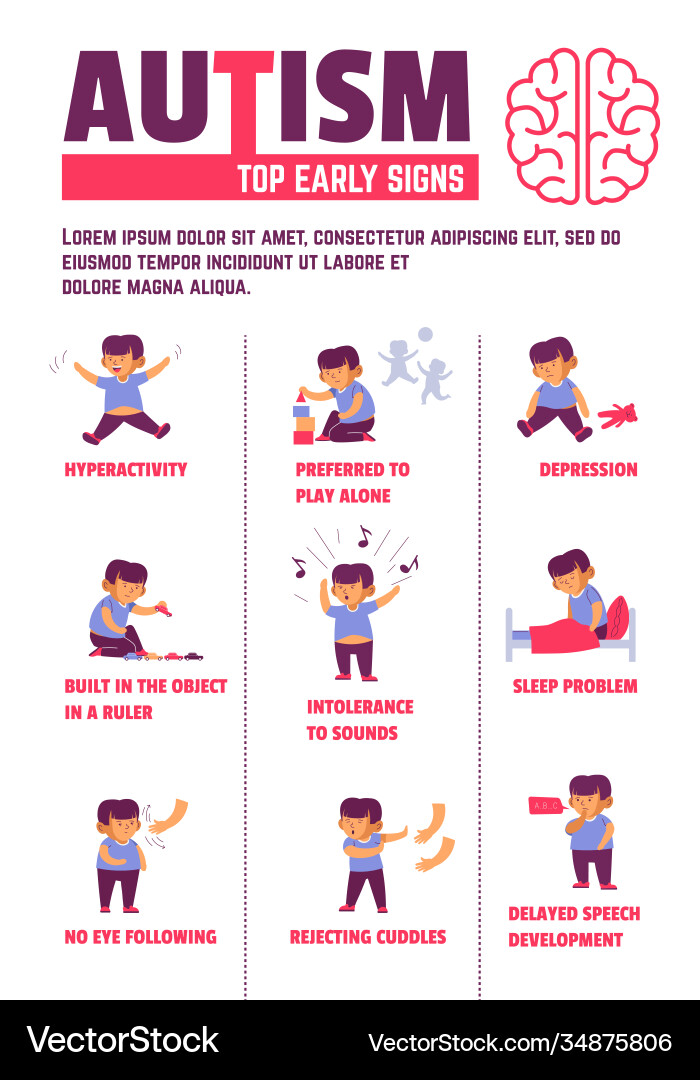 At the age of 14-16 months, ordinary children actively use sign language.
At the age of 14-16 months, ordinary children actively use sign language. - Does not understand simple one-step instructions, such as asking to show where a block or toy is.
- The kid does not use speaking skills, there are often cases when the child goes into some kind of regression, i.e. before that, he tried to show verbal activity and suddenly begins to lose verbal skills. Similar cases of regression occur in the social field, as if the child withdraws into himself.
- Quite often the child limits his motor activity.
- Shows emotions in a way that others do not understand, for example, may laugh or cry inappropriately.
Signs of early autism in a child of 3 years old:
The older the child becomes, the stronger the symptoms, here we can already talk about the current picture of the disease.
- During everyday play, a child with early autism tends to focus on one object or detail, i.e. he may be interested only in the wheel of the machine.
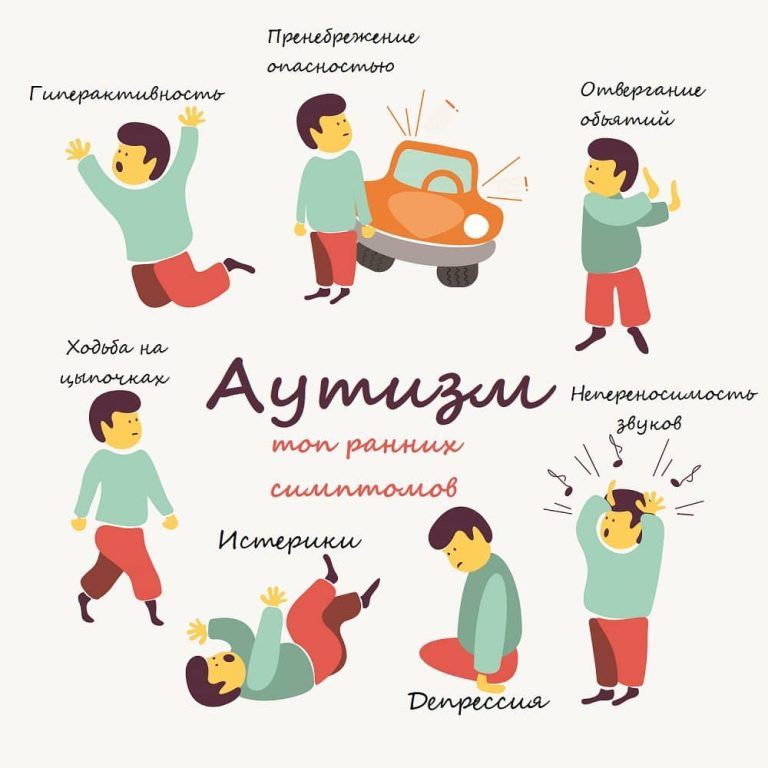 Therefore, he does not carry the machine on the carpet, but simply turns its wheel with his fingers. Thus, all games look one-sided, they are devoid of creativity and fantasy.
Therefore, he does not carry the machine on the carpet, but simply turns its wheel with his fingers. Thus, all games look one-sided, they are devoid of creativity and fantasy. - Interested in unusual objects or activities.
- Such a child likes the same type of movements, for example, flipping through a book, playing with a switch, turning the lights on and off in the room repeatedly. He spends a lot of time arranging objects in a certain order.
- He does not understand games related to imitation, he will not participate in pretend play, artistic creativity is not for them.
- They are not interested in games with their peers, they prefer to spend time alone.
- Such a child often uses stereotyped behavior, any deviation from the usual state of affairs can cause a violent reaction, up to hysteria. For example, a simple trip to the store or a walk along a new route can lead to the above described explosion of emotions. The same applies to eating habits, the baby can react sharply to a new dish, refuses to eat many foods.
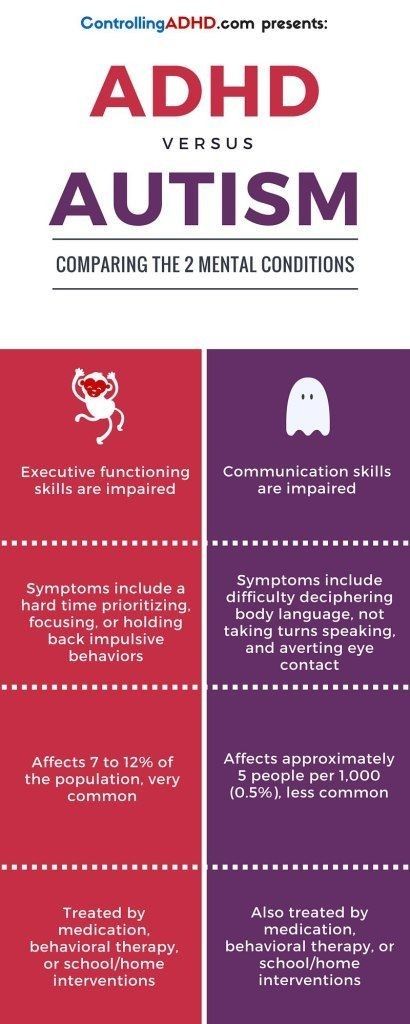
- Is overly sensitive to various types of external stimulation, for example, external noise, unfamiliar smell, even new clothes or some kind of accessory on it can affect the child's mood. Unexpectedly reacts to the manifestation of painful or irritating factors, from a sharp sound, he may panic, while some real pain syndrome may go unnoticed.
- Also, the baby is selective about fears, he can be afraid of an ordinary, everyday household item and at the same time not be afraid of objects that can bring a real threat to health or life.
- Another very obvious manifestation is trouble sleeping. Such a child falls asleep heavily, his sleep is interrupted and disturbing.
- A child with early autism is prone to repetitive behavior.
- Prone to changes in emotional background and behavior.
All medical and nursing staff of our clinic are highly qualified and professional. All our doctors are constantly practicing specialists, doctors of the highest category, doctors of sciences, associate professors. Thanks to our working methods, you can be sure that you are in a professional clinic, which means that we guarantee the result.
Thanks to our working methods, you can be sure that you are in a professional clinic, which means that we guarantee the result.
Also read about the disease: autism in children.
Early childhood autism exclusion
July 30, 2018
Voronin Nikolai
Neuropsychologist, Ph.D.
Autism is manifested by the lack of ability to interact with the outside world, communication disorders.
Most often, childhood autism manifests itself at 2.5-3 years. It is during this period that speech disorders and isolation in children are more pronounced.
However, the first signs of autistic behavior are often seen at an early age, before 1 year of age. It can be difficult for parents to independently distinguish the signs of autism, so it is no coincidence that children at the age of one year are recommended to consult a psychiatrist.
Do not be afraid to consult a psychiatrist! When parents of adolescents with behavioral problems come to us, we most often reveal that in childhood they could have had a developmental distortion of the autistic type, and with timely treatment, difficulties could have been avoided.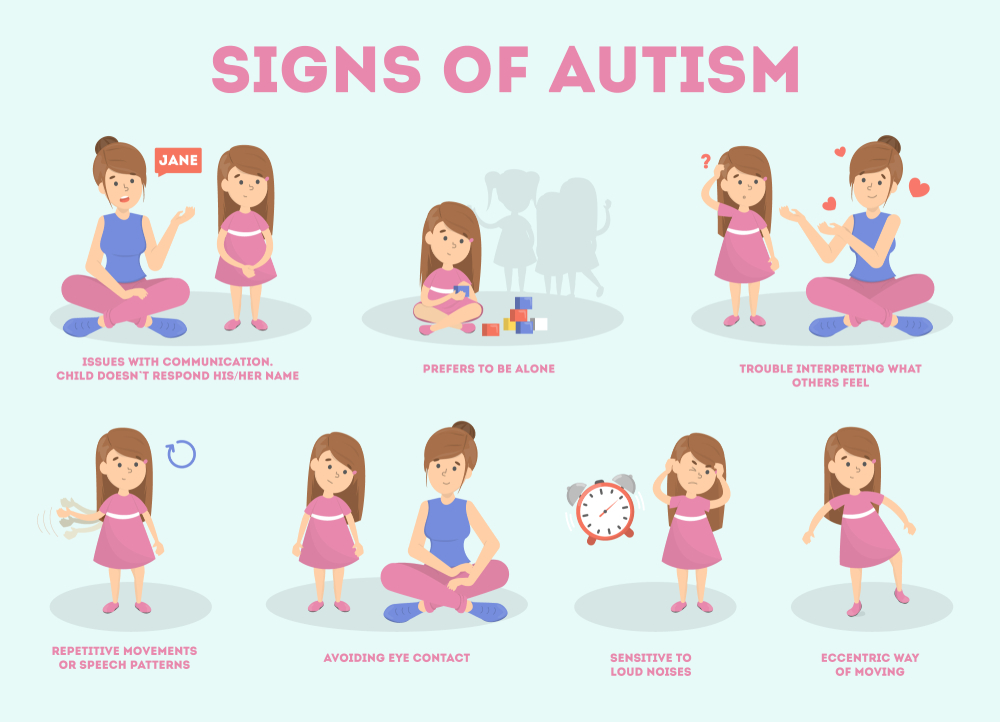
What should parents pay attention to? Symptoms of autism in children.
1. Violations of social contacts and interaction with others
-
The child practically does not ask to be held, it is more comfortable for him to lie in the crib.
-
The child does not assume a physiological position when breastfeeding.
-
The child is inactive, not as lively as peers.
-
The child does not respond to new toys, sounds, can stare at one point for a long time.
-
The child does not respond to his name (usually the first thing parents go to is an audiologist to check their hearing; if everything is fine with hearing, a psychiatrist should be consulted).
-
When adults or other children try to make contact with the child, he either removes his hands or moves to the side, or reacts aggressively, may throw something, cry.
-
The child throws the toy instead of handing it to avoid contact.
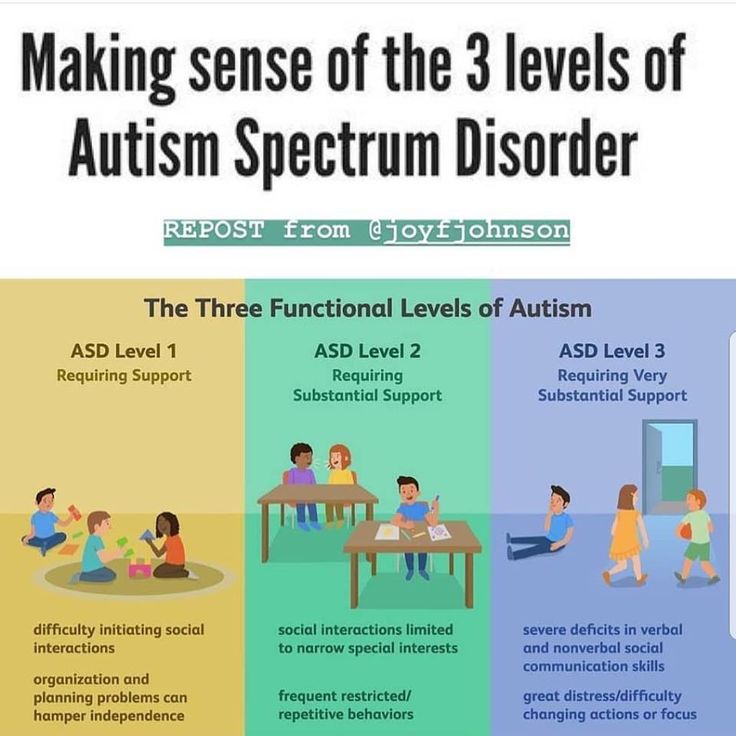
-
As the child grows older, he can go deeper into his inner world; he does not know how and does not want to communicate with family members, rarely seeks help, starts trying to serve himself early, does not use the word “give”, it is easier for him to take it himself or achieve his scandal.
-
Often children do not respond to discomfort, such as a full diaper; don't cry or draw attention to themselves.
-
There is no eye contact, the child does not fix his gaze on objects, toys.
2. Limited interests and features of the game
-
The child chooses one toy and plays only with it for a long time. Can choose as a toy something that is not intended for the game - ropes, rags.
-
The stereotypical nature of the game: placing toys in the same order, playing with a certain number of toys, and if one is lost, a scandal can occur.
-
Another example - a girl can not play with dolls, like the rest - not to change clothes, not to put her to bed, but simply carry her with her, maximum - iron her.
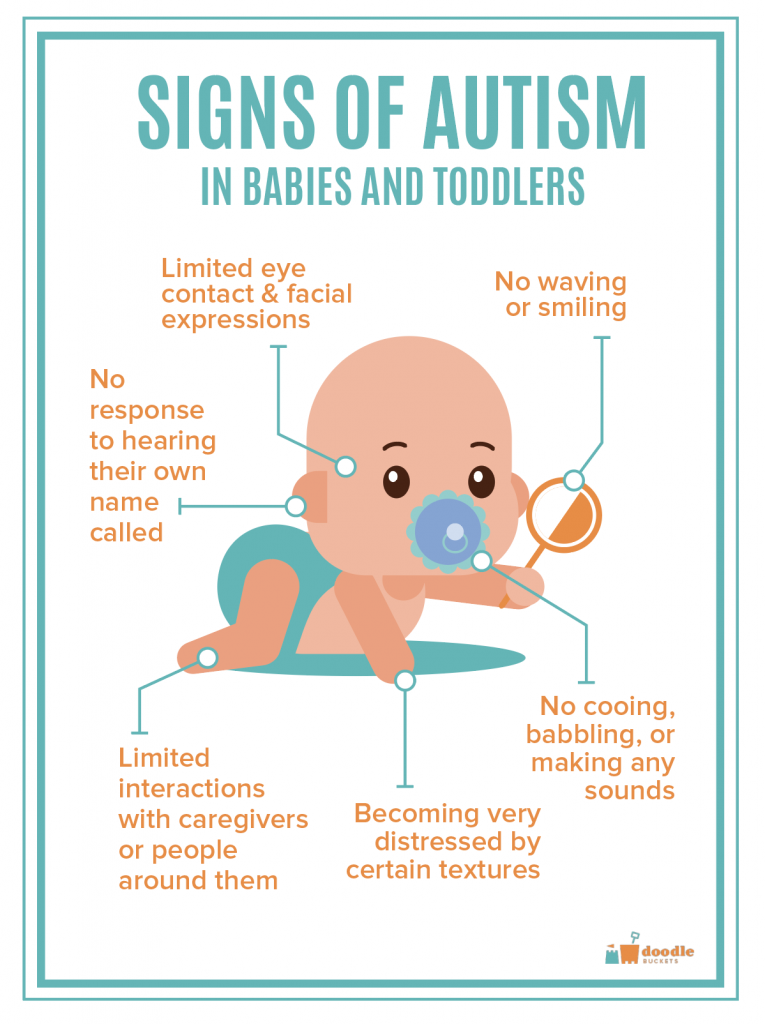
-
Games that require fantasy and imagination rarely captivate autistic children.
-
Children often prefer quieter games (eg puzzles, building blocks).
3. Tendency to repeat actions, the so-called stereotypy
-
Rocking the whole body from foot to foot, stereotypical head turn, stereotypical shoulder clamping.
-
Stereotypes observed in speech are called echolalia. It can be manipulations with sounds, words, phrases. At the same time, children constantly repeat words, cliches, cliché phrases that they heard from adults or on TV without realizing their meaning.
-
Stereotypical games - turning on / off the light, pouring water from glass to glass, pouring sand, cereals. It is difficult for a child to switch from this activity.
-
The child gets acquainted with the outside world not through interaction with others, but independently.
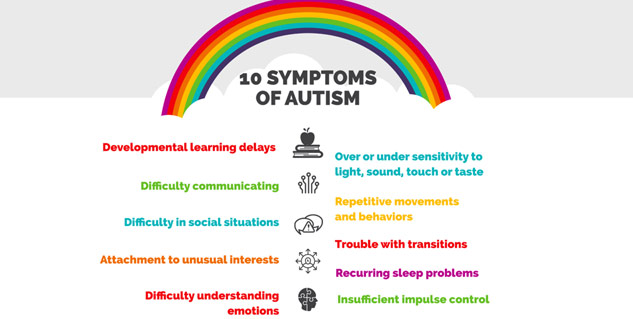 He can lick, sniff objects.
He can lick, sniff objects. -
Clothes: the child chooses certain things and wears only them, the sequence of dressing and undressing may be important for him.
-
Eating behavior: the child is selective in food, chooses only a certain range of products. In the most severe cases, this may be a complete refusal to eat. In mild cases - rituals: eats food in a certain order, at certain hours. He chooses dishes not by taste, but by shape, by color. Often, for example, a child only eats a certain shape of pasta.
4. Intellectual disorders
The main feature of the disease is selective intelligence. Autistic people may excel in math, art, and music, but lag far behind in other subjects. Savantism is a phenomenon where an autistic person is very pronouncedly gifted in one specific area. Some autistic people are able to play a tune accurately after hearing it only once, or to calculate the most complex examples in their minds.
5. Violation of the instinct of self-preservation
-
Autoaggression occurs in 1/3 of children with autism. Aggression is one of the main forms of response to what is happening, and since children are not inclined to communicate with others, they show this aggression towards themselves (they can beat themselves, bite, bang their heads against the crib).
-
Very often these children lack a "sense of edge". This can be observed even in early childhood, when the child hangs from the side of the crib, tries to get out of the stroller - the child has no fear.
-
Can run far from parents without looking back. If parents specifically hide in order to test the reaction, this reaction is often not.
-
Can climb a slide on a playground that is too old for him.
-
What is especially dangerous, children can run out onto the roadway, climb onto the windowsill with the window open.

6. ADHD
More often than other children, autistic children have hyperactive behavior. They are disinhibited and disorganized. Such children are in constant motion, they can hardly stay in one place, they do not respond to requests during classes, there are difficulties in controlling movements (“like on hinges”).
7. Verbal communication disorders
-
Speech disorders occur in all forms of autism. Speech may develop with a delay or not develop at all. Also, at the initial stages of development, speech may appear earlier than among peers, but at 1.5-2 years there is a regression - the child stops talking to others, but at the same time can fully speak to himself.
-
A peculiar intonation with a predominance of high tones at the end of a sentence, or the so-called "bird speech" or its own language, when the child talks to himself "under his breath."
-
Often children do not talk to others, but speech is present in the game.
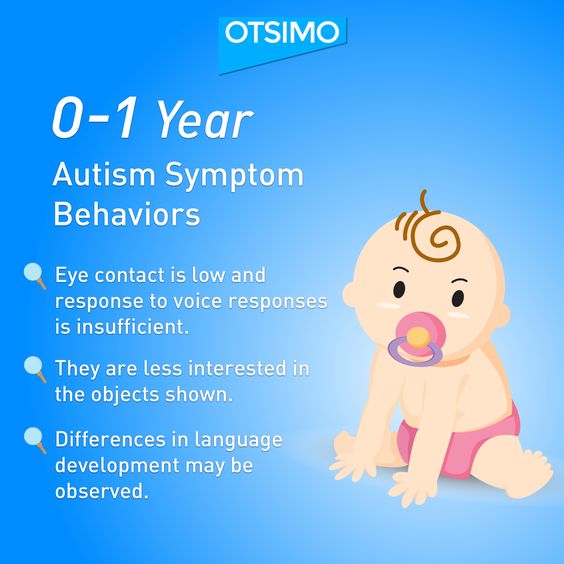 The reason is the unwillingness to interact with the outside world.
The reason is the unwillingness to interact with the outside world.
With delayed speech development, you can contact a speech pathologist. If a defectologist suspects autistic disorders, he refers to a psychiatrist. The main thing is to contact a specialist, and not be alone with this problem and not wait for everything to normalize by the age of three. It is better to immediately exclude the disease.
What to pay attention to in kindergarten? (symptoms of early autism in children after 1 year)
-
Aggression towards others, especially when the child's personal space is violated.
-
The child plays away from the others.
-
Children and caregivers complain about the child because he cannot interact with others, his play is destructive, he can interfere with other children's play.
-
Compulsive behavior - the intentional performance of actions according to certain rules, even if they go against the generally accepted ones.

Modern methods of diagnosing autism in children
-
Psychiatric consultation . This is a conversation with parents and observation of the child in free play. The doctor watches how the baby behaves, how it interacts with parents, whether it looks into the eyes, whether it puts objects in its hands, whether it throws it on the floor. If the child speaks, pay attention to speech, intonation, construction of phrases. The doctor carefully collects the history of the life and development of the child, the history of the mother's pregnancy. It is important when he began to utter the first sounds, when he stood up, crawled, began to walk, what was his gait.
-
Speech therapist consultation to rule out autistic speech. The doctor determines whether speech delay is related to autism or other disorders. Children with autism have a peculiar development of sound pronunciation, and an experienced speech therapist will immediately distinguish it.
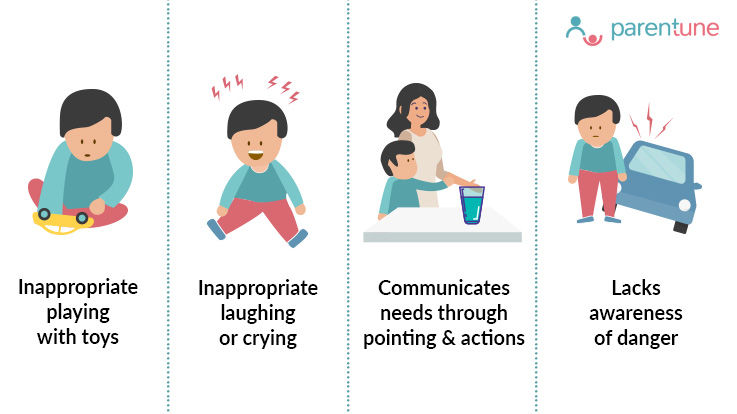
-
Consultation with a neuropsychologist to identify which developmental milestones the child may have missed.
-
Screening with tests (Autism Diagnosis Scales) :
- D. Wexler intelligence test
Tests (cards, tasks for children) aimed at assessing general awareness, stock of knowledge and ideas about the world, the ability to assimilate and process information, and cognitive abilities.
- Kaufman intelligence test
Tests to determine the strengths and weaknesses of information processing processes: visual and auditory memory, assimilation of instructions, planning a sequence of actions.
- Raven Progressive Matrices
Allows you to determine the level of intellectual development of the child. Each series of tables contains tasks of increasing difficulty.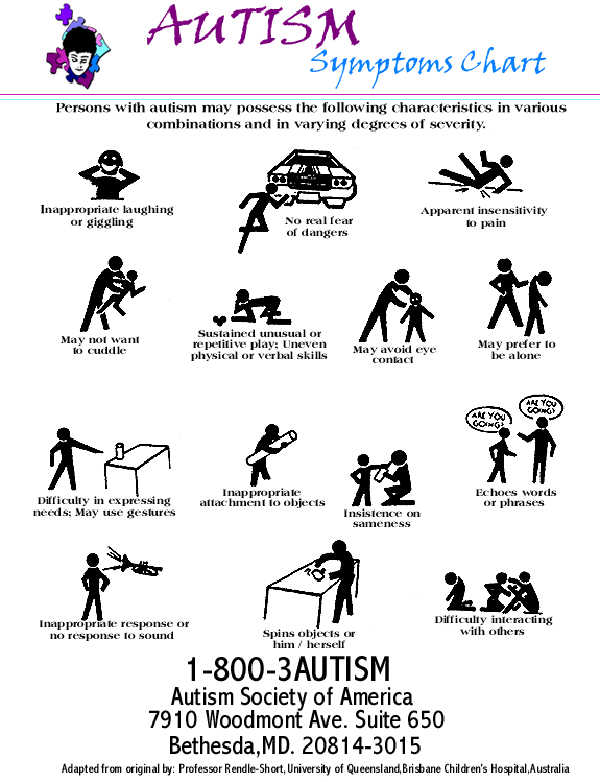 Raven's progressive matrices are designed to determine the level of mental development in primary school children with any level of speech development.
Raven's progressive matrices are designed to determine the level of mental development in primary school children with any level of speech development.
Questionnaires for parents :
- Scales of sensorimotor development (ages 0-5)
To be filled in during the conversation with parents and observation of the child. They allow you to evaluate various aspects of motor and psychological development in accordance with age standards.
- Vanderbilt ADHD symptom questionnaire
Allows you to assess the severity of symptoms of hyperactivity, inattention and impulsivity in various areas of the child's life.
- CARS Autism Rating Scale
One of the most commonly used tests for autism symptoms. The scale includes 15 categories.
Tests by defectologist and psychologist :
- ADOS
The "gold standard" for diagnosing autism. Allows in a playful way to determine deviations in the communication skills of the child. The child is offered "communicative provocations" in which an ordinary child behaves in a "normal" way, a child with autism behaves differently. After the observation, a calculation is made of which behavior was more common or "autistic". According to the results of the calculation, a diagnosis is established.
Allows in a playful way to determine deviations in the communication skills of the child. The child is offered "communicative provocations" in which an ordinary child behaves in a "normal" way, a child with autism behaves differently. After the observation, a calculation is made of which behavior was more common or "autistic". According to the results of the calculation, a diagnosis is established.
- ADI-r
A detailed survey that provides all the information needed to establish a diagnosis of autism and assess related mental disorders.
- PEP scale
Identification of the child's individual characteristics, characterization of his communication capabilities, cognitive activity, emotional and volitional sphere, working capacity, etc. The identified features are taken into account when drawing up an individual plan for corrective and developmental work with the child.
Autism Help at EMC
If the diagnosis is established, it is necessary to immediately start working with the child, and this work must be comprehensive:
-
The psychiatrist selects drug therapy (if abnormalities are detected before the age of 1 year, medications can often be dispensed with).
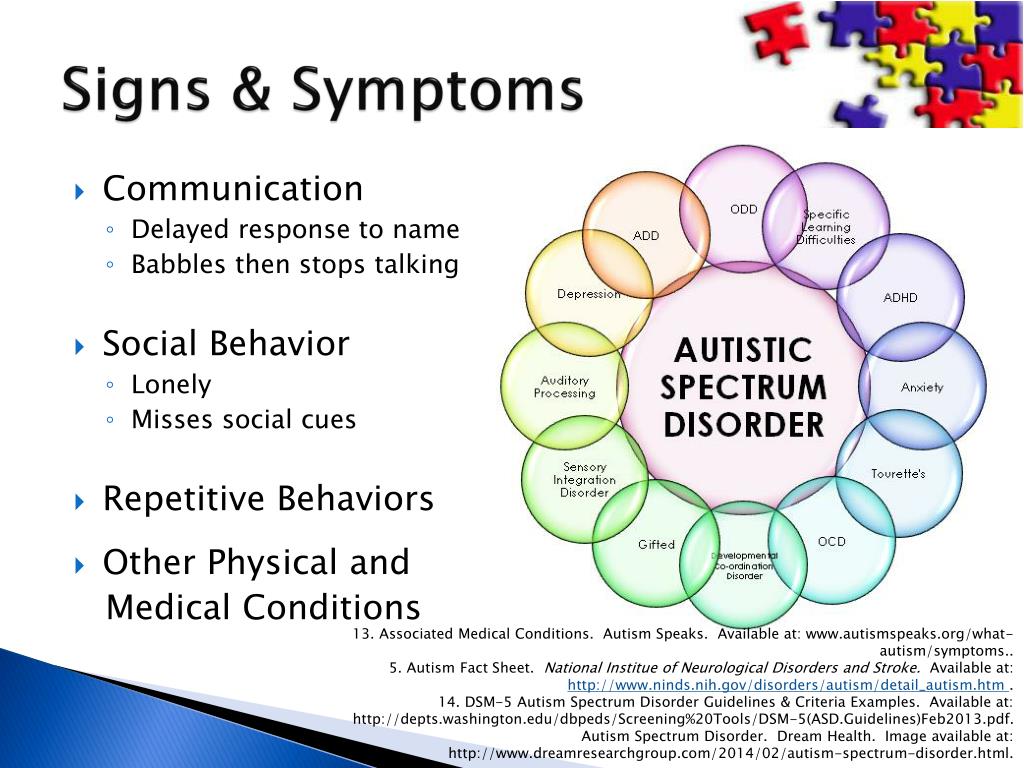
Learn more

